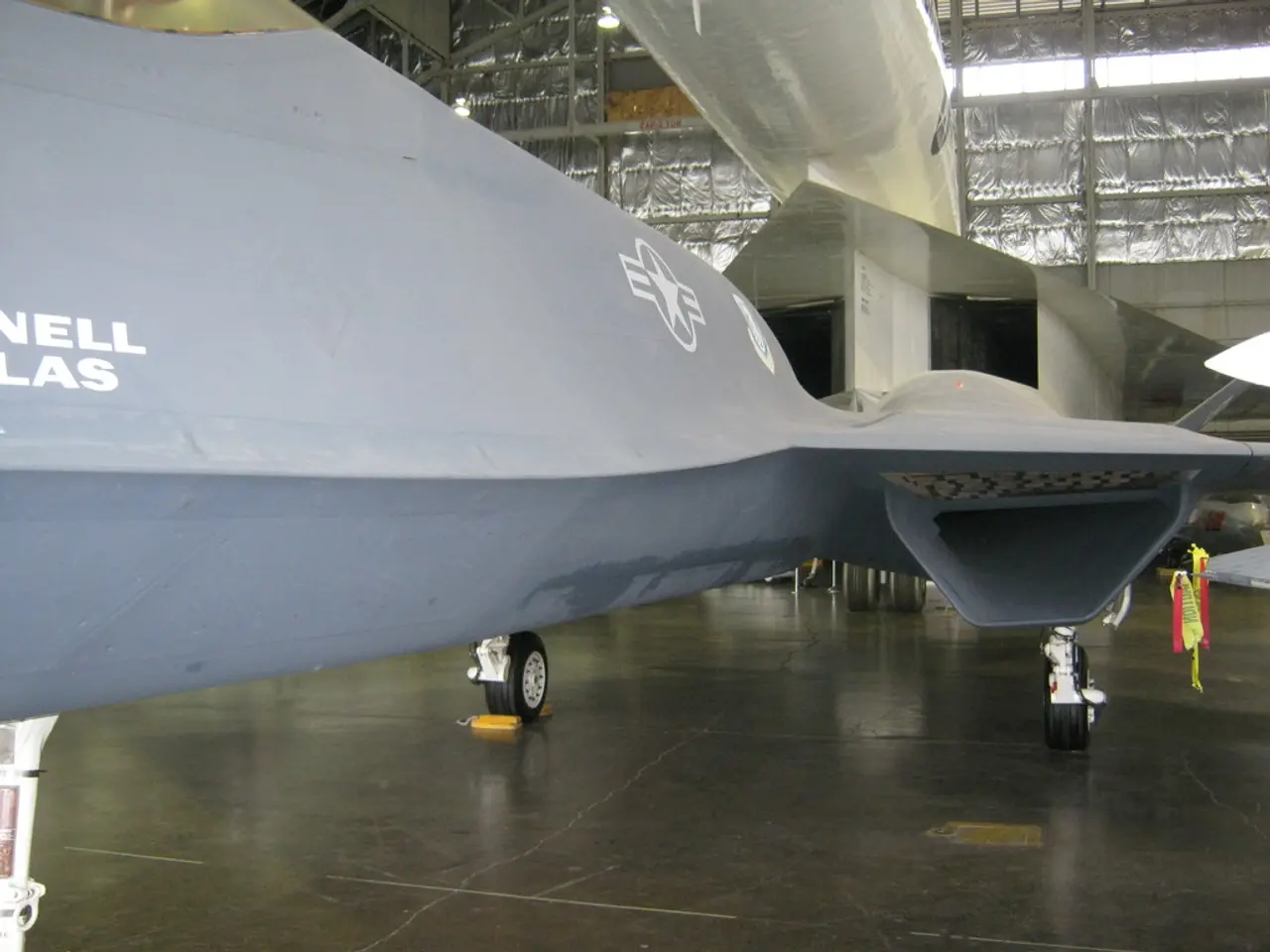Thousands of flights faced delays at Newark Airport, prompting inquiries into whether shifting the FAA facility could be the culprit
The Department of Transportation's (DOT) Office of the Inspector General (OIG) has initiated an audit to assess the Federal Aviation Administration's (FAA) relocation of the air traffic control facility responsible for flights approaching or departing Newark Liberty International Airport.
The audit, which began in August, focuses on the impact of the relocation on system redundancy, controller staffing and training, and operational resilience. This scrutiny comes in response to significant issues that have arisen since the move in July 2024.
Two notable outages occurred at the facility in the spring. On April 28, 2025, a 90-second loss of radar and radio contact was caused by a burnt copper wire. A similar outage occurred on May 9 due to failure of both primary and backup communication infrastructure relying on outdated copper-wire technology. These incidents highlighted the compromised system redundancy following the relocation.
The FAA is now prioritising upgrades, such as replacing copper wiring with fiber-optic cable, to enhance communication resilience.
The relocation was driven by "chronic understaffing" issues at the original facility in New York. By transferring responsibility to Philadelphia, the FAA aimed to alleviate these staffing issues. However, the audit will also examine if the staffing levels and controller training in Philadelphia have been sufficient to ensure safe, efficient operations post-relocation.
The disruption caused by outages suggests challenges in operational resilience and possibly in staff training or preparedness for managing Newark airspace remotely from Philadelphia. The audit will review FAA’s planning, risk assessments, and operational responses to these incidents, including impacts on flight delays, cancellations, and safety.
The move was conceived during the first Trump administration, with an engineering plan completed one month before the 2020 election. The audit was initiated under the Biden administration, despite the move being conceived during the previous administration.
Transportation Secretary Sean Duffy has criticised the Biden administration's handling of the relocation, claiming that the administration added more risk to the system by not adequately hardening the telecom lines. Duffy stated that the Biden administration "bungled this move" by not properly hardening the telecom lines.
In summary, the DOT OIG audit will formally evaluate how the FAA’s relocation decision affected system redundancy by exposing technological vulnerabilities, controller staffing and training by shifting workload to a new center, and overall operational resilience in managing one of the busiest U.S. airport airspaces. This audit started after critical outages pointed to weaknesses in the transition and aims to ensure future improvements.
- The Federal Aviation Administration's (FAA) relocation of the air traffic control facility responsible for flights approaching or departing Newark Liberty International Airport has raised concerns within the general-news, politics, and business industries.
- The Department of Transportation's (DOT) Office of the Inspector General (OIG) is assessing the impact of this relocation on system redundancy, controller staffing and training, and operational resilience, as these issues were highlighted by significant outages since the move in July 2024.
- The auditors will review the FAA’s planning, risk assessments, and operational responses to incidents such as the 90-second loss of radar and radio contact, caused by a burnt copper wire, and the subsequent failure of both primary and backup communication infrastructure.
- The relocation was initiated during the first Trump administration, but the audit was started under the Biden administration, leading to discussions about the administration's handling of the relocation within the federal government and finance circles. For instance, Transportation Secretary Sean Duffy has criticized the Biden administration for not adequately hardening the telecom lines, thereby introducing more risk to the system.








